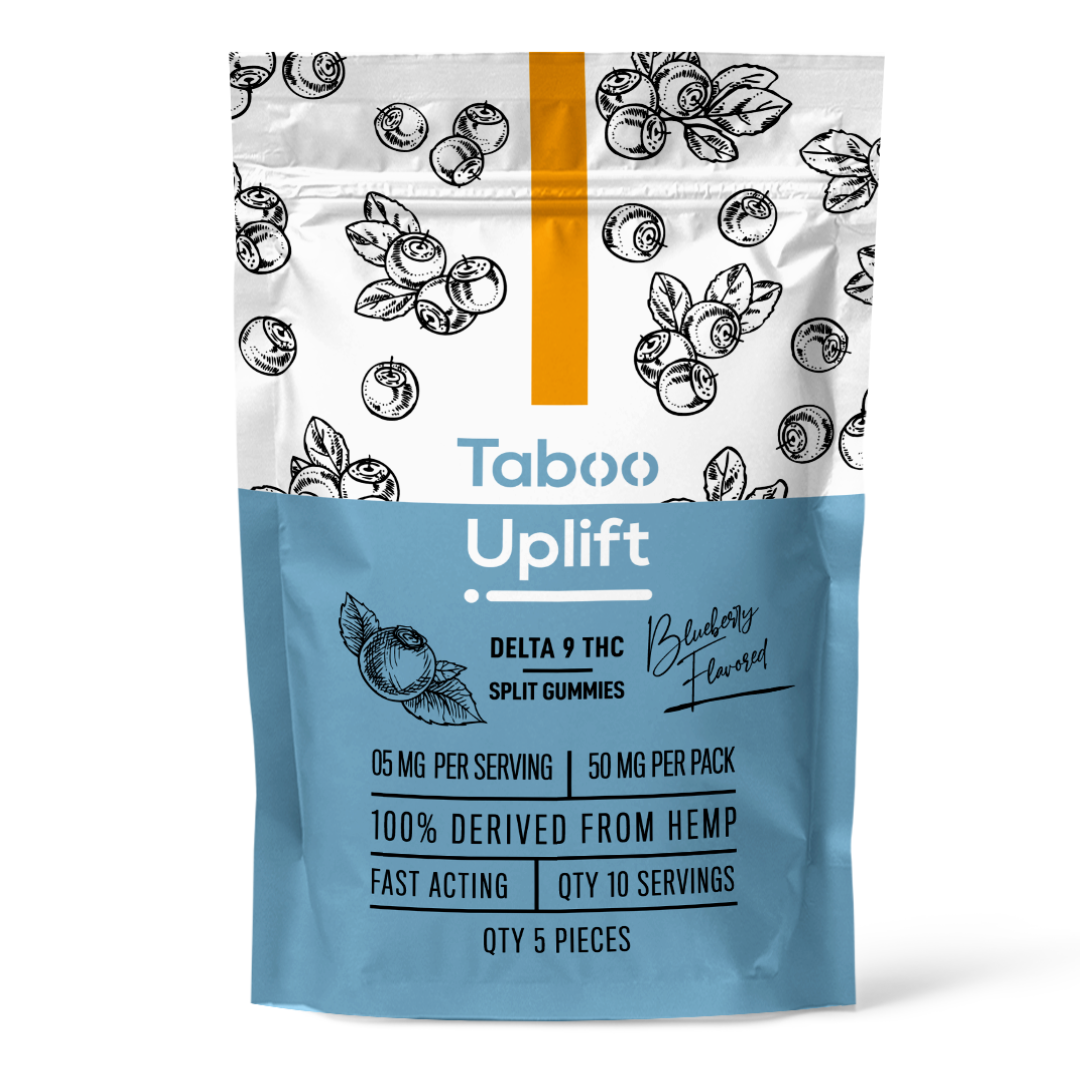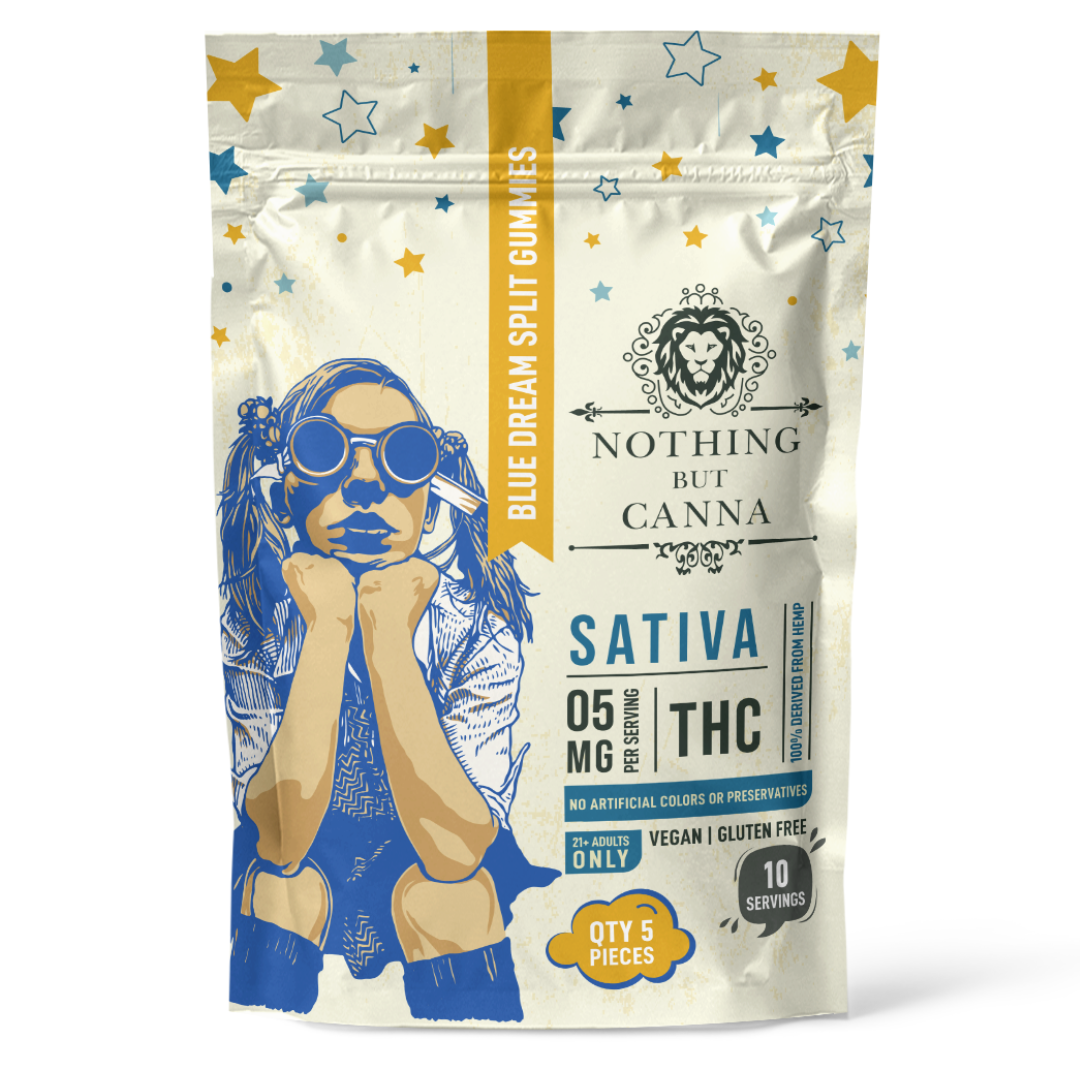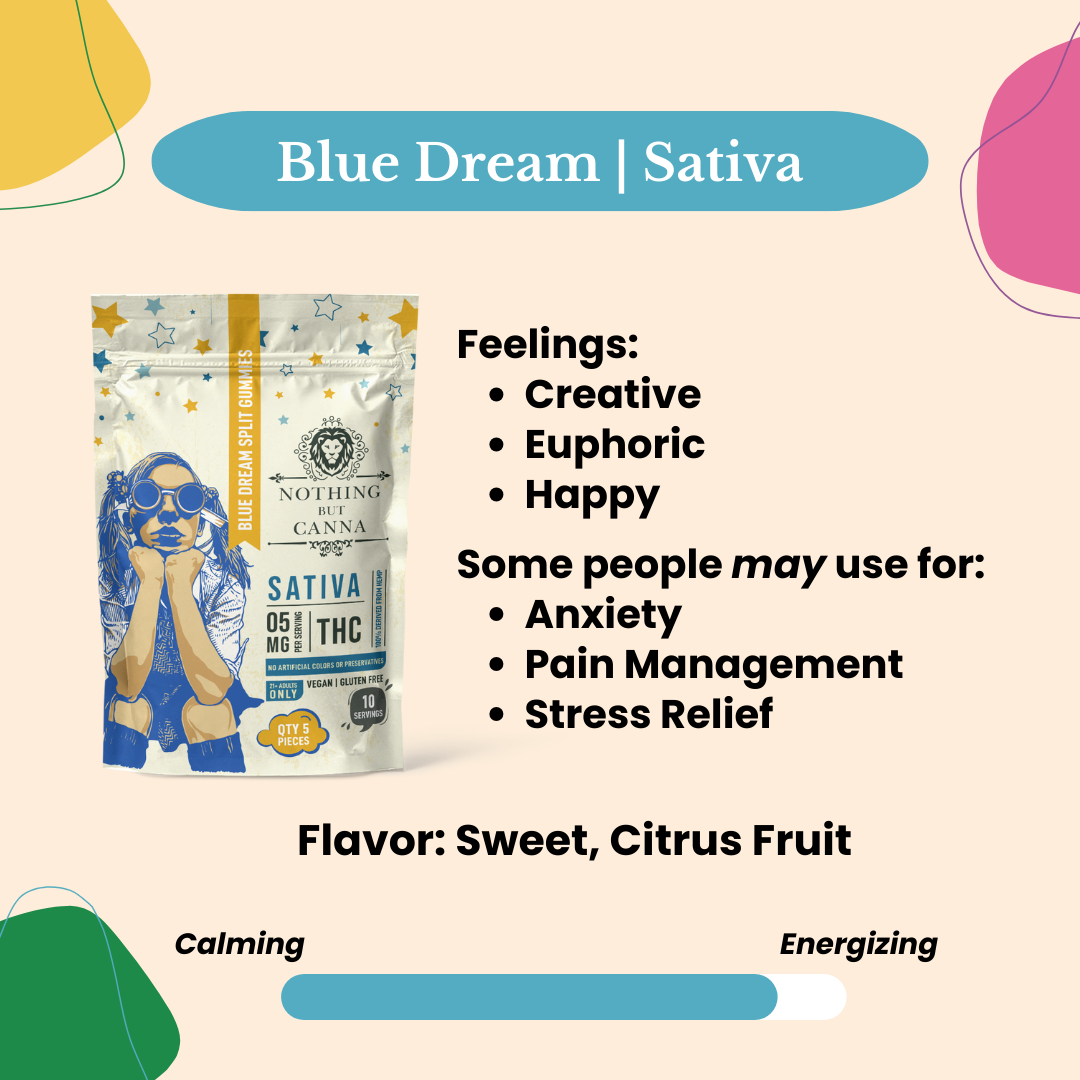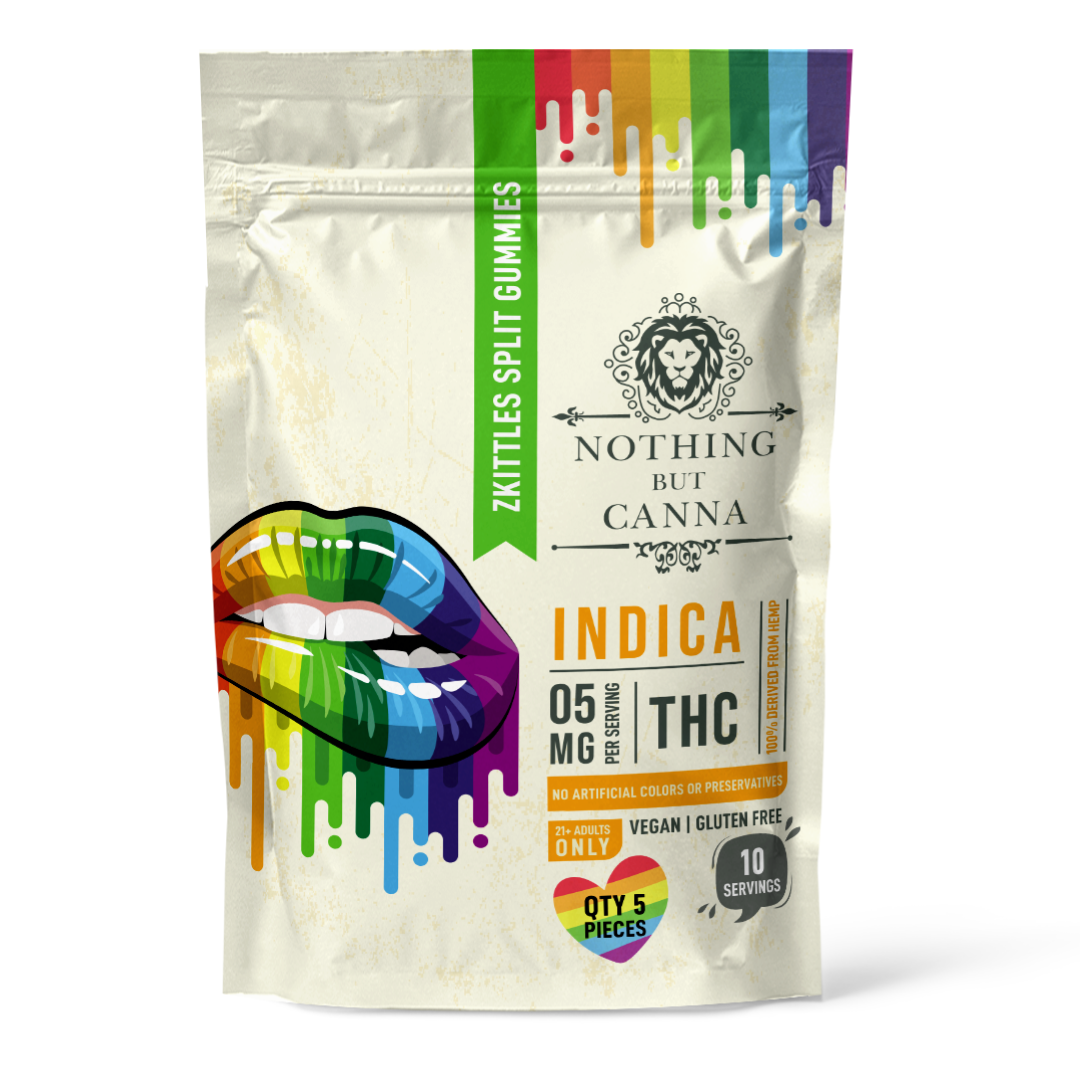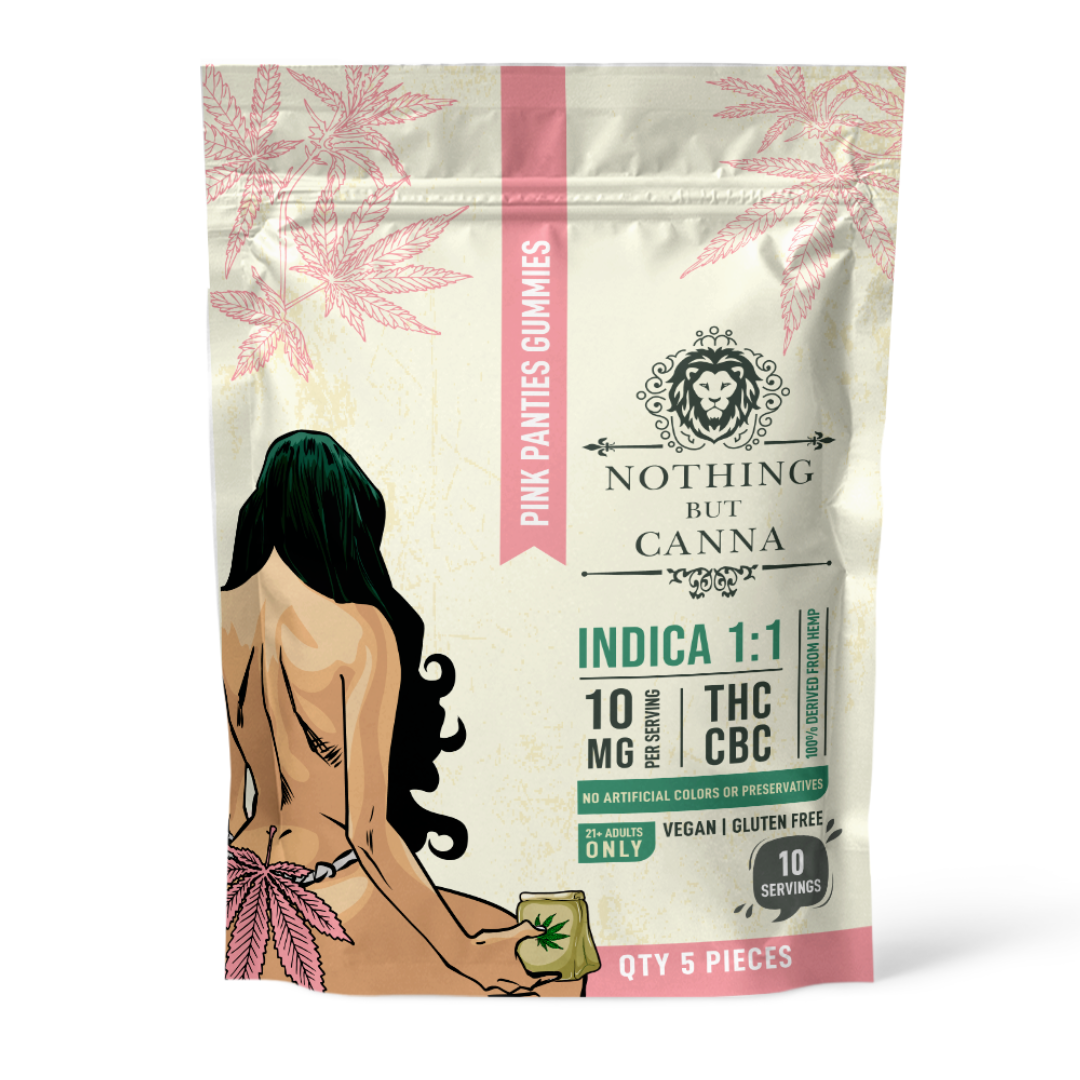
Hot, dry weather has already taken a toll on berry and wheat crops along the West Coast. It’s expected to impact corn, soy, and other yields as it reaches eastward across the north into the Upper Midwest. And it’s impacting cannabis crops as well.
“We are roasting both in Ellensburg and Seattle,” Jade Stefano of Puffin Farm in Washington State told Cannabis Business Times June 28 via email. Temperatures were in the triple digits then, some 30 degrees above the mid- to high-70 degree temps preferable for cannabis cultivation.
Intense heat brought attention to the Pacific Northwest, but the continuing drought across the American West and Upper Midwest has become a greater concern for some. On its August 10 update, The US Drought Monitor showed land west of the Rocky Mountains and much of the Upper Midwest in severe to exceptional drought.
For hemp farmers, the challenge is exacerbated by an unpredictable payoff due to oversupply. In recent years, some farmers have even opted to store their crop rather than sell.
“The water shortages are contributing to falling hemp acreage nationwide, as farmers look to crops with less price volatility,” wrote Laura Drotleff for MJ Biz Daily. Drotleff reported a 75% drop in land registered for hemp production from 2020 t0 2021 — from 465,787 acres to 107,702.
“It’s absolutely affecting cannabis; it’s affecting all crops.”
'A glimpse of the new normal'
“We’re starting to get a glimpse of what the new normal is going to be like in terms of our weather patterns right now,” Mike Lewis, president of the Hemp Industries Association and a Kentucky organic farmer, told Drotleff. “It’s absolutely affecting cannabis; it’s affecting all crops.”
Oregon hemp and microgreen farmer Rick Walsh told Hemp Industry Daily that his flower hemp was showing signs of stress in spite of extra water and care.
"The flowers don’t seem to fill out quite as much,” he told Daily reporter Kristen Nichols. “I’m hoping it cools off here soon.”
(Employee welfare was also a major concern during the Pacific Northwest’s intense heat wave. “Walsh keeps a packing room at 50 degrees and orders overheated employees to rest there when temperatures soar,” Nichols wrote.)
When it comes irrigation, however, everything’s relative — it seems cannabis may actually require less water than other crops.
“Our experience is hemp uses about a third as much water as a hay crop,” Matt Cyrus, an Oregon farmer told Drotleff. Echoing this sentiment, the executive director of the Humboldt County Growers Alliance in California, Natalynne DeLapp, told Drotleff that cannabis is “by far the most water-efficient agricultural product in California.”
In the eastern US, too much water
Meanwhile, the eastern half of the country is having a different problem. It’s been too wet.
“Hemp farmers from Kentucky to Florida and across the Midwest have experienced an overabundance of moisture this summer,” Drotleff reported for MJ Biz Daily, causing crop growth to stagnate and diseases to spread.”
Like the drought, it’s impacting every crop — including cannabis.
“We have disease and pest pressures, and the plants are changing to adapt, which changes the THC threshold and the cannabinoid profiles,” Lewis told Drotleff.
It’s too soon to tell exactly how cannabis yields will be impacted this year, but weather has been a challenge across the US. More alarming may be the side note: the intense heat and drought (and loads of rain elsewhere) might just get worse. Some of those farmers who stored hemp in 2019 and 2020 might be glad they did.


























